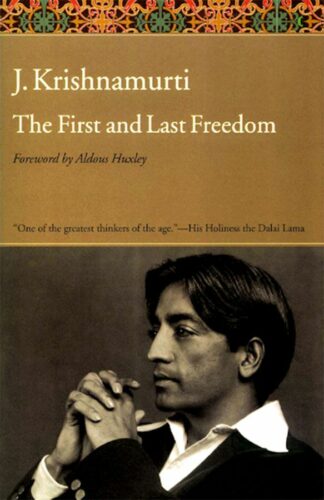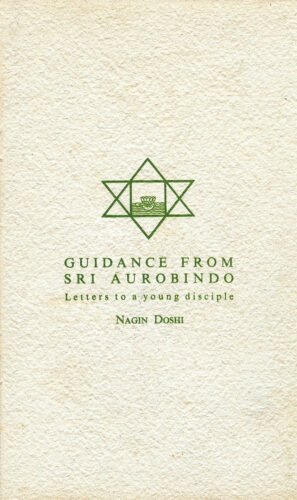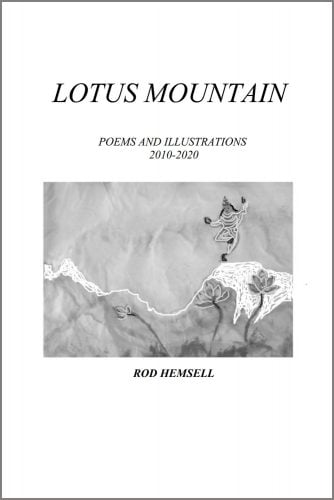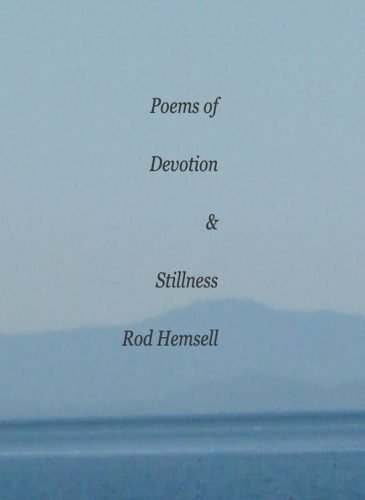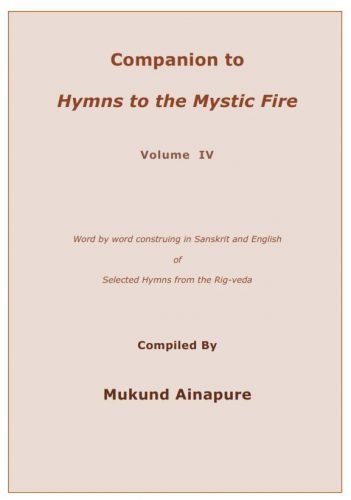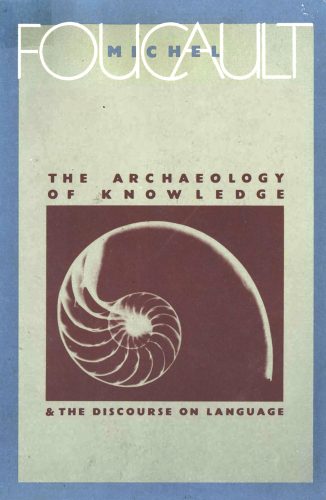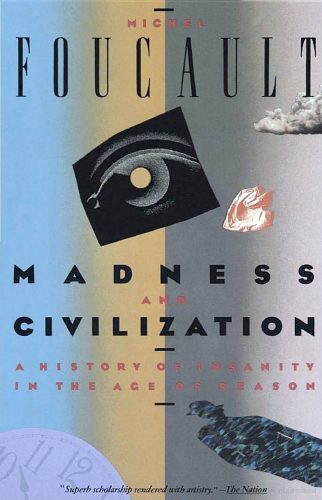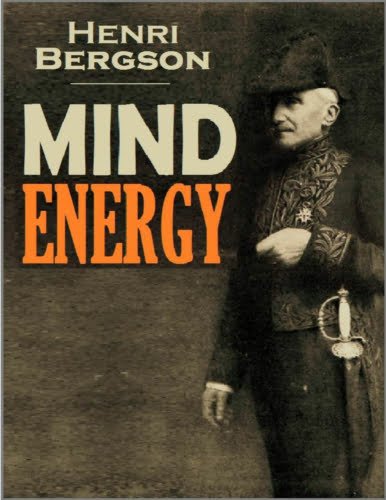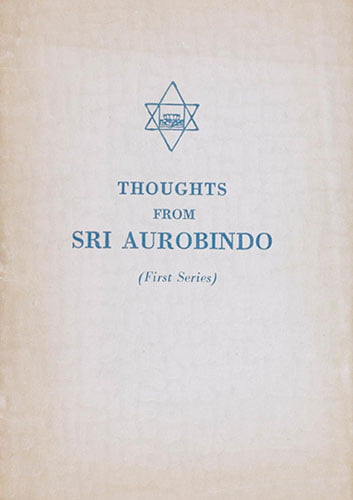The Spiritual Evolution of the Soul by Larry Seidlitz
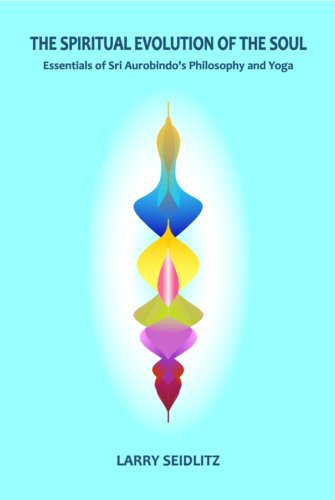
The Spiritual Evolution of the Soul
Essentials of Sri Aurobindo’s Philosophy and Yoga
This book provides a concise and detailed summary of Sri Aurobindo’s philosophy and yoga while focusing on one of its main themes: the spiritual evolution of the soul. It covers essential ideas in the philosophy such as the nature of the Divine and its relation to the universe, the processes of involution and evolution, the relation of the soul and nature, the processes of karma and rebirth, the evolution of societies, the main principles and practices of the Integral Yoga, the psychic, spiritual, and supramental transformations of consciousness, and the concept and realization of the superman, the intermediary between the human and the supramental being. It concludes with a consideration of the validity and relevance of the philosophy and yoga for contemporary life.
Larry Seidlitz, Ph.D. is a practitioner and scholar of the Integral Yoga. This is his third book on Sri Aurobindo’s philosophy and yoga, and he has also written essays on the topic for various journals. He was editor of the USA-based journal on the Integral Yoga Collaboration for 16 years, edits books and papers for other scholars on the Yoga, and conducts online courses on the Yoga for the Sri Aurobindo Centre for Advanced Research. Formerly a research psychologist in the USA, he now resides near Auroville and is associated with both the Sri Aurobindo Ashram and Auroville.

